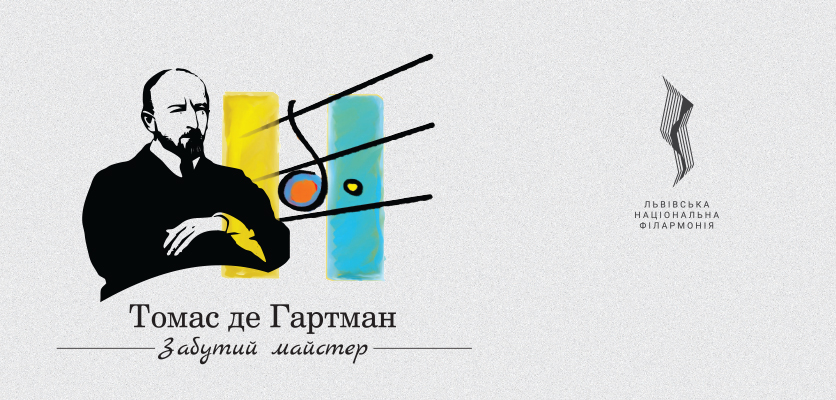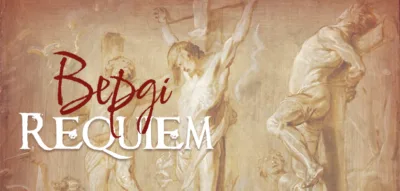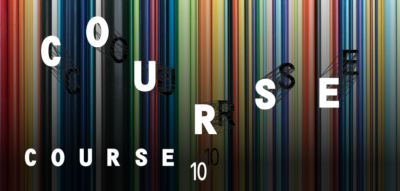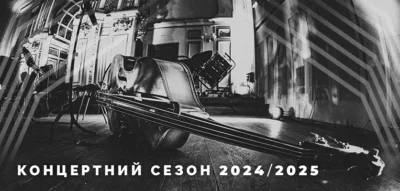Thomas de Hartmann (1885-1956)

Thomas Alexandrovich de Hartmann (1885-1956) was born on his family’s estate outside of Khoruzhivka, Ukraine. From the age of 9 he studied composition with Anton Arensky, teacher of Rachmaninov, Prokofiev and Scriabin; and later with Sergei Taneyev, a master of counterpoint and advisor to Tchaikovsky. By the age of 14 his music was published by the prestigious Jurgenson Edition in Moscow. An accomplished pianist, he studied with the virtuoso Annette Essipova, who also taught Prokofiev. He graduated from the St. Petersburg Conservatory when he was 18.
In 1906 he was catapulted to fame in Russia with the performance of his ballet La Fleurette Rouge, with Nijinsky, Fokine, Pavlova and Karsavina in the cast. It was staged for 7 consecutive seasons in St. Petersburg and Moscow. In 1908 he went to Munich, where he met his lifelong friend, the painter Vassily Kandinsky, and joined the avant-garde in art and music: He was an original member of the Blaue Reiter Group.
In 1916 he met his spiritual teacher, Georges Ivanovitch Gurdjieff in St. Petersburg. With the outbreak of the Russian Revolution in 1917, they fled with a small band of followers across the Caucasus. Eventually they settled in Fontainebleau, outside of Paris, where Gurdjieff set up his Institute for the Harmonious Development of Man in 1922. In an unusual collaboration they composed a large body of sacred music from the East, mostly for piano.
In 1929 de Hartmann left Gurdjieff’s Institute and moved to the outskirts of Paris, where he supported himself by composing over 50 film scores.
The years from 1935 marked de Hartmann’s most productive period. He composed many large works for solo piano, voice, chamber ensemble and orchestra, including 7 concerti, 4 symphonies, suites, ballets, and an opera. By the late 1940s he was well known in France and Belgium, where many leading musicians performed his music, including Paul Tortelier and Pablo Casals, cellists; Jean-Pierre Rampal and Marcel Moyse, flautists; Alexander Schneider, violinist; and the conductors Eugene Bigot, Serge Koussevitzky, and Leopold Stokowski. He developed a strong friendship with Pablo Casals, who considered him a Master, and played and promoted his work at the Prades Festival.
He moved to the United States in 1950, where his last works were composed in the Modernist idiom. He established relations with the conductor Leopold Stokowski and a few other influential musicians, but his health was failing and he struggled for recognition. He died suddenly from a heart attack in Princeton, NJ on March 28,1956, weeks before he was to give a recital of his work at New York’s Town Hall.
While de Hartmann spent much of his life away from his Ukrainian homeland, his writings express his love for the customs, folk music, and countryside of his youth. Many of his compositions reflect his heritage, as evidenced by the Orchestral Suite Op. 62, entitled “Fete en Ukraine,” and Koladky Op. 60 — the “Ukrainian Christmas Carols.” Themes from Ukraine can be found elsewhere in his music, including the Cello Concerto Op. 57, the Violin Concerto Op. 66 and the Trio for Flute Violin and Piano.
De Hartmann’s wide-ranging life experience had a profound influence upon his compositional work. The Romanticism he learned from Arensky never left him, but he soon began to experiment and add other styles to his musical palette. During his time with Kandinsky the music became colorful and eclectic, and this trend was furthered during his association with Gurdjieff.
An avid reader and lover of painting, de Hartmann inserted many ideas from the influences he was exposed to into his music, as can be seen in many of the titles for his works: Six Commentaries on James Joyce Ulysses Op. 71, Love of a Poet Op. 59 (Pushkin songs), Musique pour la fête de la patronne, d’après Dègas Op. 77, and the Second Piano Sonata Op. 82, “dedicated to the poetic idea of the Fourth Dimension.” In order to express himself he drew upon elements of Romanticism, Impressionism, bitonality and Modernism, jazz, music of the East. The result was the creation of a unique sound world, paradoxically familiar yet at the same time new and vibrant.
Share
Popular
 01.04.2025
Announcements
01.04.2025
Announcements
In memory of those killed in the Russian-Ukrainian war
On Holy Thursday, we invite you to a classical music event that will be a musical reflection on sacrifice, ... 05.02.2025
Announcements
05.02.2025
Announcements
COURSE masterclasses begin
The anniversary, tenth edition of the COURSE masterclasses will be held fro...
 09.06.2025
AnnouncementsConcerts
09.06.2025
AnnouncementsConcerts
Philharmonic Summer
Every summer concert is both a conclusion and a warm invitation to meet again. After all, the ...
